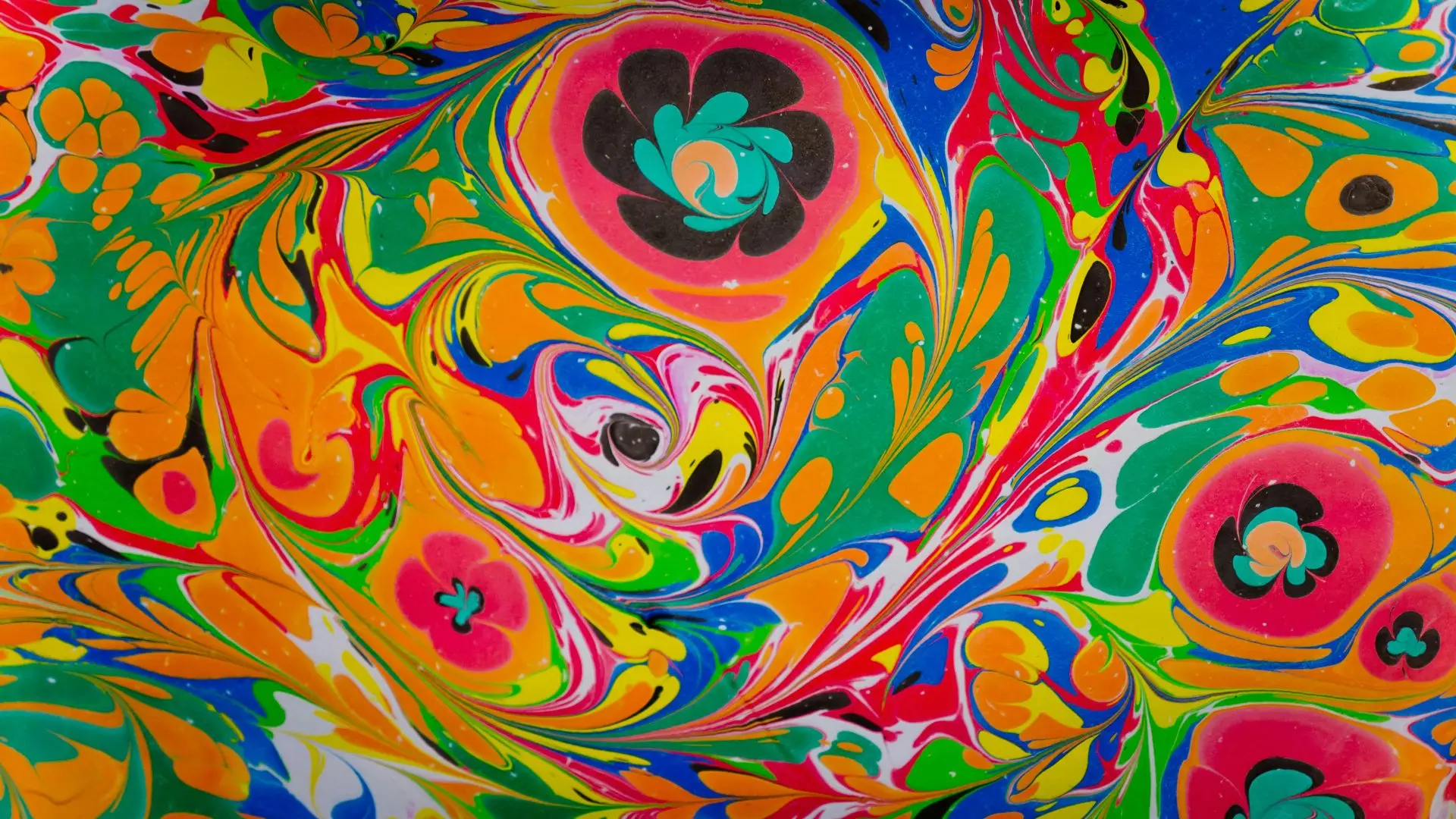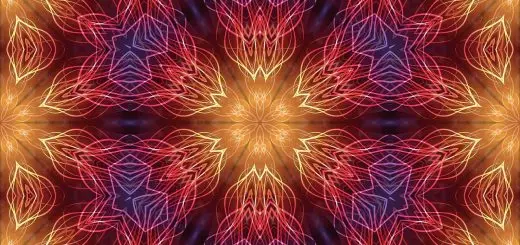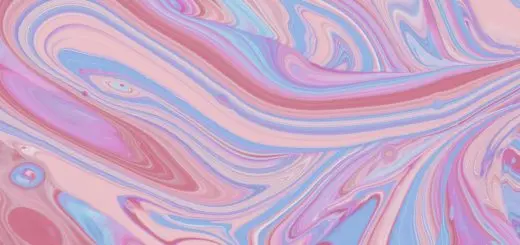The Cultural Significance of Feathers in Polynesian Art

Looking for more amazing products? Check out our online store and explore our collection here! Happy shopping!
Before diving in, please note: This post is for informational purposes only. If you’d like to know more about how we approach topics, feel free to check out our friendly Disclaimer Page.
Hey there, amazing readers! 
We’re committed to delivering quality posts, and your support (even just sticking around despite the ads) means everything to us. So, bear with us, and thanks for helping us keep the good vibes rolling. Now, on to the fun stuff!
TRANSLATE BUTTON AT THE END OF THE ARTICLE
Overview
Feathers have played a significant role in Polynesian art for centuries.
These delicate and vibrant natural elements hold deep cultural meaning and are used in various forms of artistic expression.
From adorning the attire of important figures to being incorporated into intricate tattoo designs, feathers have become a symbol of prestige, power, and spirituality in Polynesian culture.
This article will explore the cultural significance of feathers in Polynesian art, highlighting their role as a medium of artistic expression, their connection to Polynesian gods, their use in traditional attire, tattoo designs, visual arts, architecture, and interior design.
Additionally, it will discuss the efforts made to preserve and revitalize featherwork traditions and the ways in which feathers continue to inspire innovation in contemporary Polynesian art.
A Symbol of Prestige and Power in Polynesian Culture
Feathers hold immense cultural significance in Polynesian society, symbolizing prestige and power.
In the past, the acquisition of feathers required great skill and effort, making them a valuable commodity.
Feathers were primarily obtained from birds with bright plumage, such as the red-tailed tropicbird and the blue lorikeet, which were highly sought after for their vibrant colors.
The possession of these feathers was a mark of distinction, worn by chiefs and high-ranking individuals to display their status within the community.
Feathers were often used to craft magnificent headdresses, capes, and other ceremonial regalia, emphasizing the wearer’s authority and social standing.
Feathers as a Medium of Artistic Expression
Feathers serve as a versatile medium for artistic expression in Polynesian culture.
Skilled artisans utilize feathers to create intricate and visually stunning artwork that reflects the natural beauty and cultural heritage of the islands.
Featherwork involves the meticulous arrangement of feathers, often from multiple bird species, to form elaborate patterns and designs.
These artworks can take the form of wall hangings, masks, sculptures, or even feathered cloaks known as kāhili, which were used as symbols of royalty.
The artistic process requires patience, precision, and an intimate knowledge of the unique qualities of each feather, resulting in breathtaking masterpieces that showcase the artistic prowess of Polynesian craftsmen.
Traditional Techniques for Gathering and Preparing Feathers
The gathering and preparation of feathers in traditional Polynesian culture were highly specialized tasks.
Skilled feather gatherers, known as kākoʻo, would venture into the forests, carefully capturing birds without causing them harm.
This delicate process involved luring the birds with calls or decoys, and then swiftly plucking only a few feathers from each bird, allowing them to regrow their plumage.
The feathers were meticulously cleaned, sorted, and prepared using various techniques, such as steaming or boiling to ensure they were free from dirt, oils, or parasites.
They were then sorted by size, color, and texture, ready to be incorporated into various artistic endeavors.
The Sacred Connection Between Birds and Polynesian Gods
Birds hold a sacred place in Polynesian mythology, often serving as messengers between the mortal realm and the gods.
They are believed to possess spiritual qualities and are considered divine beings.
Feathers, as a part of birds, carry this sacred connection and are used to honor and invoke the power of Polynesian gods.
For example, in Hawaiian culture, the ʻiʻiwi bird and its vibrant red feathers are associated with the goddess Pele, the deity of volcanoes and fire.
These feathers are used in rituals and offerings to pay homage to Pele and seek her blessings.
By incorporating feathers into their art, Polynesian artists not only celebrate the natural beauty of birds but also pay tribute to the gods and the spiritual realm they represent.
Feathered Adornments: An Essential Part of Polynesian Attire
Feathers have long been an integral part of Polynesian attire, adding elegance and cultural significance to ceremonial garments.
Feathered adornments such as capes, headdresses, and necklaces were worn during important occasions, religious ceremonies, and tribal gatherings.
These adornments were meticulously crafted to showcase the craftsmanship of Polynesian artisans and to reflect the wearer’s social status and spiritual connection.
The feathers used in these adornments were carefully selected to create visually striking ensembles, where each feather played a specific role in the overall design.
The vibrant colors and intricate patterns of feathers enhanced the beauty and grandeur of the attire, making it a visual representation of Polynesian culture and heritage.
Feathers in Polynesian Tattoo Designs: Meanings and Symbolism
Tattooing is an ancient Polynesian art form, deeply rooted in cultural traditions and spiritual beliefs.
Feathers are often incorporated into Polynesian tattoo designs, adding layers of symbolism and meaning to the artwork.
Feather tattoos represent protection, freedom, and spiritual connection.
They are believed to possess the power of the bird they come from, allowing the wearer to tap into its qualities.
For instance, a tattoo featuring the feathers of an eagle may symbolize strength and courage, while feathers of a peacock could represent beauty and self-expression.
These intricate feather designs are carefully chosen and positioned on the body, creating a personalized and meaningful representation of the individual’s identity and beliefs.
The Influence of Feathers on Polynesian Visual Arts
Feathers have had a profound influence on various forms of visual arts in Polynesian culture.
In addition to being used in traditional featherwork, they inspire and inform other artistic mediums such as painting, wood carving, and sculpture.
The vibrant colors, unique patterns, and delicate texture of feathers serve as a source of inspiration for Polynesian artists, influencing their choice of colors, motifs, and compositions.
Feathers are often depicted in stylized forms, abstracted from their natural appearance to create visually striking and symbolic representations.
Whether incorporated into a painting of a mythical bird or used as a motif in a wood carving, feathers bring a sense of vibrancy, movement, and cultural identity to Polynesian visual arts.
Featherwork in Polynesian Architecture and Interior Design
The cultural significance of feathers extends beyond the realm of traditional art forms and finds its way into Polynesian architecture and interior design.
Featherwork is incorporated into the design of sacred spaces, canopies, and ceremonial structures, enriching the visual landscape and adding a touch of spirituality.
For instance, in Tahiti, the traditional meeting houses, known as marae, often feature intricately woven feathered panels as a decorative element.
These panels, known as tāfai, are created by weaving feathers into a base of plant fibers, resulting in visually stunning and culturally meaningful architectural features.
In contemporary Polynesian interior design, feather motifs are used in furniture upholstery, wall hangings, and decorative objects, creating a connection to the rich cultural heritage and natural beauty of the islands.
Feathers as a Spiritual Representation in Polynesian Art
Feathers hold deep spiritual significance in Polynesian art, serving as a representation of the divine, the sacred, and the spiritual realm.
Beyond their aesthetic appeal, feathers are believed to carry mana, a spiritual power, which can be harnessed and channeled through art.
The process of gathering, preparing, and incorporating feathers into artworks is seen as a sacred act, a collaboration between the artist and the spiritual forces that reside within the feathers.
By working with feathers, Polynesian artists connect with their ancestors, the gods, and the natural world, infusing their creations with spiritual energy and cultural significance.
Feathers become a conduit for the expression of Polynesian spirituality, reminding both the artist and the viewer of their interconnectedness with the divine.
Preserving and Revitalizing Featherwork Traditions in Polynesia
In recent years, there has been a conscious effort to preserve and revitalize featherwork traditions in Polynesia.
Recognizing the cultural significance and artistic value of feathers, organizations and individuals have undertaken initiatives to ensure the survival of this endangered art form.
These efforts include the establishment of workshops, educational programs, and cultural institutions dedicated to teaching featherwork techniques and fostering the next generation of feather artisans.
Additionally, collaborations between traditional craftspeople and contemporary artists have resulted in innovative approaches to featherwork, blending traditional techniques with modern aesthetics.
Through these initiatives, the cultural heritage and artistic legacy of featherwork in Polynesia are being safeguarded, ensuring that future generations can continue to appreciate and participate in this ancient art form.
Feathers in Contemporary Polynesian Art: Innovation and Inspiration
Feathers continue to inspire innovation in contemporary Polynesian art, serving as a source of inspiration for artists who seek to push the boundaries of tradition.
While traditional featherwork techniques are honored and preserved, contemporary artists are exploring new ways to incorporate feathers into their creations.
Feathers are now being used in mixed media artworks, digital art, and even fashion design, allowing for a fusion of traditional and modern elements.
In this dynamic and evolving artistic landscape, feathers remain a potent symbol of cultural identity and spirituality, bridging the gap between the ancient past and the vibrant future of Polynesian art.
Conclusion
Feathers hold a profound cultural significance in Polynesian art, representing prestige, power, spirituality, and artistic expression.
From their role in traditional attire and tattoo designs to their influence on visual arts, architecture, and interior design, feathers have left an indelible mark on Polynesian culture.
Through their vibrant colors, intricate patterns, and delicate textures, feathers continue to captivate artists and viewers alike, serving as a reminder of the rich cultural heritage and spiritual connection of Polynesian people.
As efforts are made to preserve and revitalize featherwork traditions, and as contemporary artists find new ways to innovate with feathers, the importance of these natural elements in Polynesian art will endure, inspiring generations to come.

The Enlightenment Journey is a remarkable collection of writings authored by a distinguished group of experts in the fields of spirituality, new age, and esoteric knowledge.
This anthology features a diverse assembly of well-experienced authors who bring their profound insights and credible perspectives to the forefront.
Each contributor possesses a wealth of knowledge and wisdom, making them authorities in their respective domains.
Together, they offer readers a transformative journey into the realms of spiritual growth, self-discovery, and esoteric enlightenment.
The Enlightenment Journey is a testament to the collective expertise of these luminaries, providing readers with a rich tapestry of ideas and information to illuminate their spiritual path.
Our Diverse Expertise
While our primary focus is on spirituality and esotericism, we are equally passionate about exploring a wide range of other topics and niches 

To ensure we provide the most accurate and valuable insights, we collaborate with trusted experts in their respective domains 
Our blog originally focused on spirituality and metaphysics, but we’ve since expanded to cover a wide range of niches. Don’t worry—we continue to publish a lot of articles on spirituality! Frequently visit our blog to explore our diverse content and stay tuned for more insightful reads.
Hey there, amazing reader! 
Check out our store here and take a peek at some of our featured products below! Thanks for being awesome!












